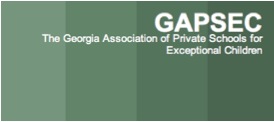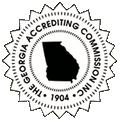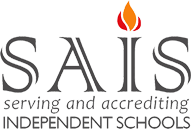Visual Perceptual Difficulties
Out of the 20% of school-age children who have a learning disability in reading, 70% of them have some form of visual impairment.
Approximately 25% of all school-aged children have a visual disorder significant enough to cause a decrease in academic performance
About Vision and Visual Perception
- Visual Prerequisites
- Eye Health: the inner and outer portions of the eye are free of disease
- Visual Acuity: The clarity of sight at any distance
- Ocular Motor Skills
- Fixation: the ability to direct the eyes at an object
- Pursuit Movements: the ability of the two eyes to track a moving object
- Saccadic Movements: the ability to move from one point of interest to another
- real life example: eyes jumping from one word/line to next when reading; copying notes from a distant board
- Binocular Vision: the ability of the two eyes to coordinate in a precise and efficient manner in order to send a unified message to visual areas of the brain
- Visual Perception : How one’s brain processes visual stimuli
- Visual Discrimination: The ability to distinguish differences and similarities in visual stimuli
- Visual Memory: The ability to remember visual stimuli
- Visual Spatial Relations: The ability to discriminate spatial directionality
- Visual Form Constancy: The ability to recognize a form when size/direction changes
- Visual Sequential Memory: The ability to remember visual information in sequence
- Visual Figure Ground: The ability to discriminate foreground from background
- Visual Closure: The ability to close a stimulus visually when only partial information is availble
- Possible Symptoms of Vision Problems
- Reading: skipping words/lines, using finger to keep place, mistaking words that look similar
- Writing: difficulty copying from board or book to paper, poor spacing, difficulty with handwriting, reversing letters past age 8
- Difficulty with sight and spelling words
- Difficulty with math concepts
- Taking longer than average to complete homework
- A 10+ point discrepency between verbal IQ and performance IQ
At Porter Academy
At Porter Academy, our physical education coach and our occupational therapists engage the students in activities that develop visual tracking, saccadic eye movements, foot/eye-hand coordination, the vestibulo-ocular reflex, and the full range of visual perceptual skills. We also make classroom modifications when necessary such as slant boards, near copying, and colored overlays when reading.
Resources
Berger, Sharon, O.D., FCOVD. Seeing Eye to Eye with Vision and Learning in Kids Enabled Summer 2007.






